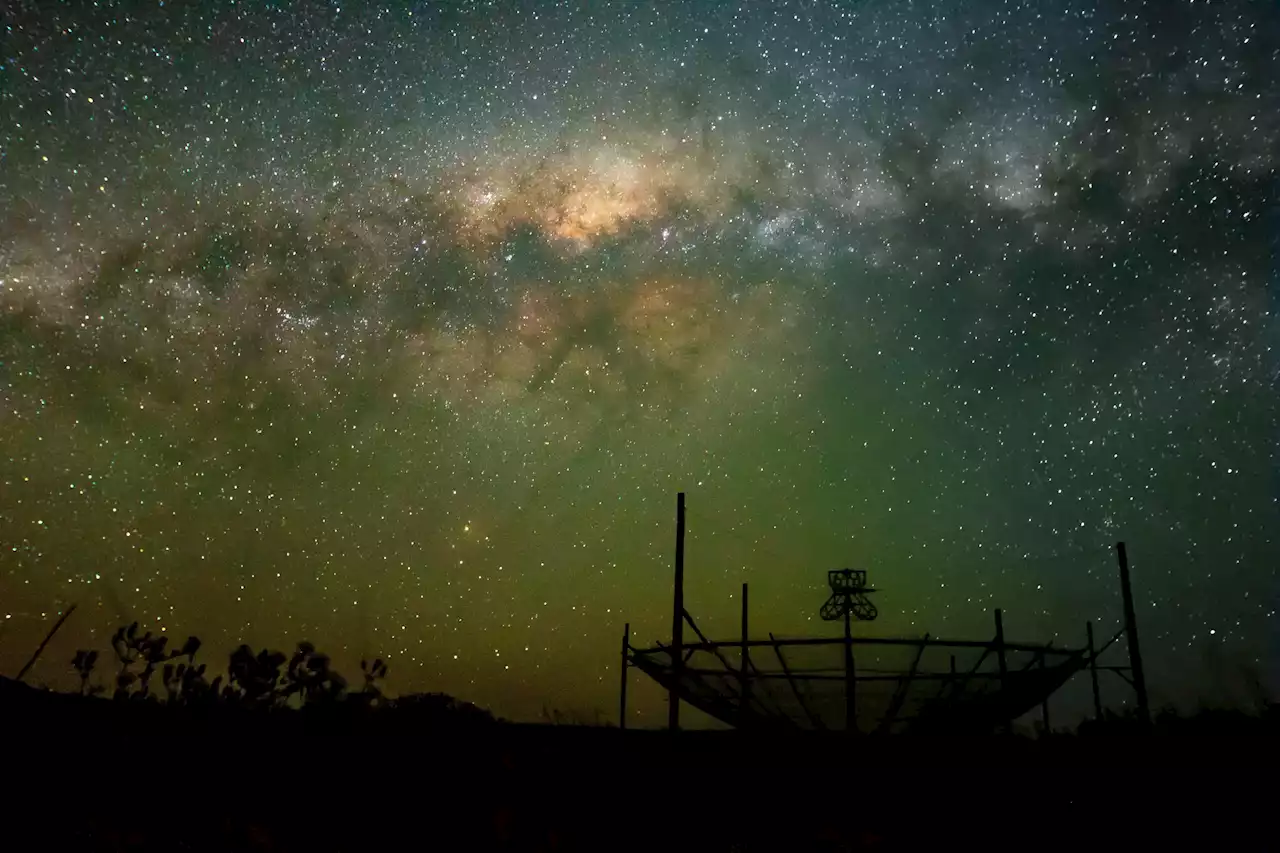Uranium-241 is an extremely radioactive element with 92 protons and 149 neutrons.
, scientists have discovered and produced a new type of uranium isotope, known as uranium-241.
This is the first time a new neutron-rich isotope of uranium has been discovered since 1979, and it was identified by researchers at the High-energy Accelerator Research Organization located in Japan. Uranium-241 is an extremely radioactive element with 92 protons and 149 neutrons, and it is predicted to have a brief half-life of around 40 minutes.Uranium, one of the most radioactive elements, is a member of the actinide series, which includes all elements with atomic numbers between 89 and 103.
. This discovery has significant implications for the study of nuclear and astrophysics, as well as our understanding of heavy elements' behavior and stability.The researchers utilized a technique called multinucleon transfer to create uranium-241 by firing uranium-238 at platinum-198 nuclei usingRIKEN accelerator. The resulting nuclei were observed to determine their mass as they traveled a certain distance through a medium.
The discovery of uranium-241 illustrates the capabilities of modern particle accelerators and experimental methods in advancing scientific knowledge and exploration. The collision of atomic nuclei at high speeds and energies enables the creation and study of short-lived and exotic isotopes that were previously unobservable and unobtainable.
México Últimas Noticias, México Titulares
Similar News:También puedes leer noticias similares a ésta que hemos recopilado de otras fuentes de noticias.
 Scientists discover 1st 'neutron-rich' isotope of uranium since 1979Scientists have synthesized a previously unknown isotope of uranium, uranium-241, that may start to disappear after just 40 minutes.
Scientists discover 1st 'neutron-rich' isotope of uranium since 1979Scientists have synthesized a previously unknown isotope of uranium, uranium-241, that may start to disappear after just 40 minutes.
Leer más »
 Pet arrives home, dog-tired, after Alaskan sea-ice odysseyA 1-year-old Australian shepherd took an epic trek across 150 miles (241 kilometers) of frozen Bering Sea ice before he was safely returned to his home in Alaska.
Pet arrives home, dog-tired, after Alaskan sea-ice odysseyA 1-year-old Australian shepherd took an epic trek across 150 miles (241 kilometers) of frozen Bering Sea ice before he was safely returned to his home in Alaska.
Leer más »
 Scientists used liquid nitrogen to blast Moon dust off a BarbieA group of scientists have discovered that liquid nitrogen makes for an effective Moon dust remover with little damage to spacesuit material.
Scientists used liquid nitrogen to blast Moon dust off a BarbieA group of scientists have discovered that liquid nitrogen makes for an effective Moon dust remover with little damage to spacesuit material.
Leer más »
 Scientists find concerning bird flu mutations, but US health officials say threat to humans is lowU.S. health officials assured Friday that the threat to humans from bird flu remains low after it was found that a man in Chile infected with a virus has concerning mutations.
Scientists find concerning bird flu mutations, but US health officials say threat to humans is lowU.S. health officials assured Friday that the threat to humans from bird flu remains low after it was found that a man in Chile infected with a virus has concerning mutations.
Leer más »
 Scientists are identifying polar bears in Alaska by the DNA left on their footprintsIn Utqiaġvik, a team has used sterilized trowels to scrape a thin layer of snow from fresh polar bear footprints. Methods like that help scientists learn more about the animals without bothering them or taking extreme risks.
Scientists are identifying polar bears in Alaska by the DNA left on their footprintsIn Utqiaġvik, a team has used sterilized trowels to scrape a thin layer of snow from fresh polar bear footprints. Methods like that help scientists learn more about the animals without bothering them or taking extreme risks.
Leer más »
 Unlocking the Secrets of the Early Universe: Scientists Double Sensitivity of HERA Radio TelescopeAstronomers have taken a significant step forward in uncovering the mysteries of the cosmic dawn. A collection of 350 radio telescopes located in the Karoo desert of South Africa is rapidly advancing towards the detection of the 'cosmic dawn' - the period following the Big Bang when stars first lit
Unlocking the Secrets of the Early Universe: Scientists Double Sensitivity of HERA Radio TelescopeAstronomers have taken a significant step forward in uncovering the mysteries of the cosmic dawn. A collection of 350 radio telescopes located in the Karoo desert of South Africa is rapidly advancing towards the detection of the 'cosmic dawn' - the period following the Big Bang when stars first lit
Leer más »
